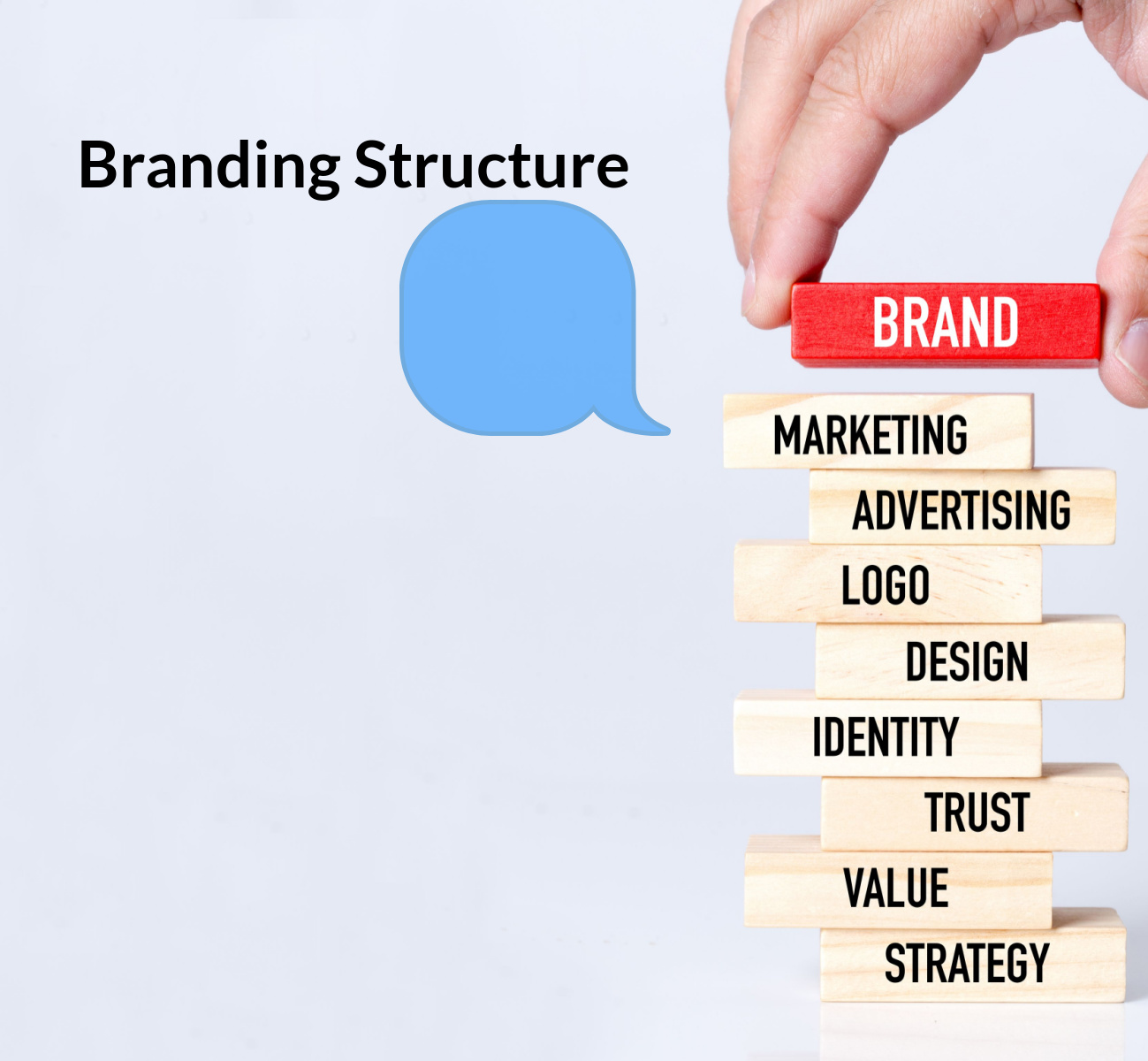A branding structure lays the organizational architecture of a company’s portfolio of products, sub-brands, sister companies, and other services. It is also commonly referred to as brand architecture. A well-planned branding structure comprises an integrated system of symbolism, names, colors, and visual vocabulary used by c company. For instance, all the sub-brands launched by Google adopt its color palette, animation, and graphic designs to claim their association with the mother company.
Every company can categorize its brand architecture differently depending upon its expansion process. This structure helps a business build a robust portfolio to compete in the market. Here is everything you need to understand about branding structure!

1. Branding Information: Types of Branding Structure
The journey of a company that leads it to become a successful brand requires business owners to collect all necessary branding information. You must understand “what is a brand architecture?” and how to plan it before you move forward with your expansion plans. Let us learn about the four broad categories of brand architecture.
#1 Branded House
A branded house claims brand equity and lays a logical path to all its brand extensions. In a branded house, all the sub-brands can be easily linked to the mother company. This brand architecture builds a sense of faith and trust among the customers. Some successfully branded houses are Apple, FedEx, and Virgin.
#2 Endorsed Brand
Endorsed brand architecture is a branding structure where the parent brand simply utilizes its reputation to endorse all its sub-brands. Although each extension brand can have a separate identity, their association with the mother brand is made obvious in branding materials. Nestle, Toyota, Honda, Kellogg’s, etc., are a few examples.
#3 House of Brands
The house of brands is a brand architecture where the parent brand remains anonymous from all its other ventures. All the brands under this setup remain distinct from the mother company. P&G is a fairly established example of a house of brands.
#4 Hybrid Brands
Hybrid brand architecture is a fairly balanced combination of all other iterations. In this setup, the mother brand may endorse some of its sub-brands and create a house of brands using any of the extensions while establishing a branded house separately, if needed. The Alphabet company, the owner of Google and Calico, is a perfect example of a hybrid brand.
2. Build Your Brand Architecture With VOWELS
Are you wondering which brand architecture will be the best for your company? How can you move forward with the plan you have sketched out for your business? If all these questions are troubling you, contact our experts at VOWELS! We follow comprehensive brand architecture models to solve all our client’s queries. Our team of well-trained professionals works vigorously to meet your needs while guiding you throughout the process. Visit our website to see what our existing clientele has to share about our services!
3. FAQs
Q. What are the best examples of brand architecture?
Ans. The best examples of brand architecture are Google, FedEx Corporation, Nestle, etc. All these companies fall into different categories. They have set up an example of how to lead a branding structure successfully.
Q. How to create a brand architecture framework?
Ans. You can create a branding architecture framework effortlessly with the assistance of a leading branding agency like VOWELS. Utilize the expertise and market analyses conducted by professionals.
Q. What is the ultimate brand architecture definition?
Ans. The ultimate brand architecture definition is the relationship between a mother brand and all its sub-brands and associations. It solidifies the corporate hierarchy of a company. Every company planning its expansion should learn how to form a branding structure.






